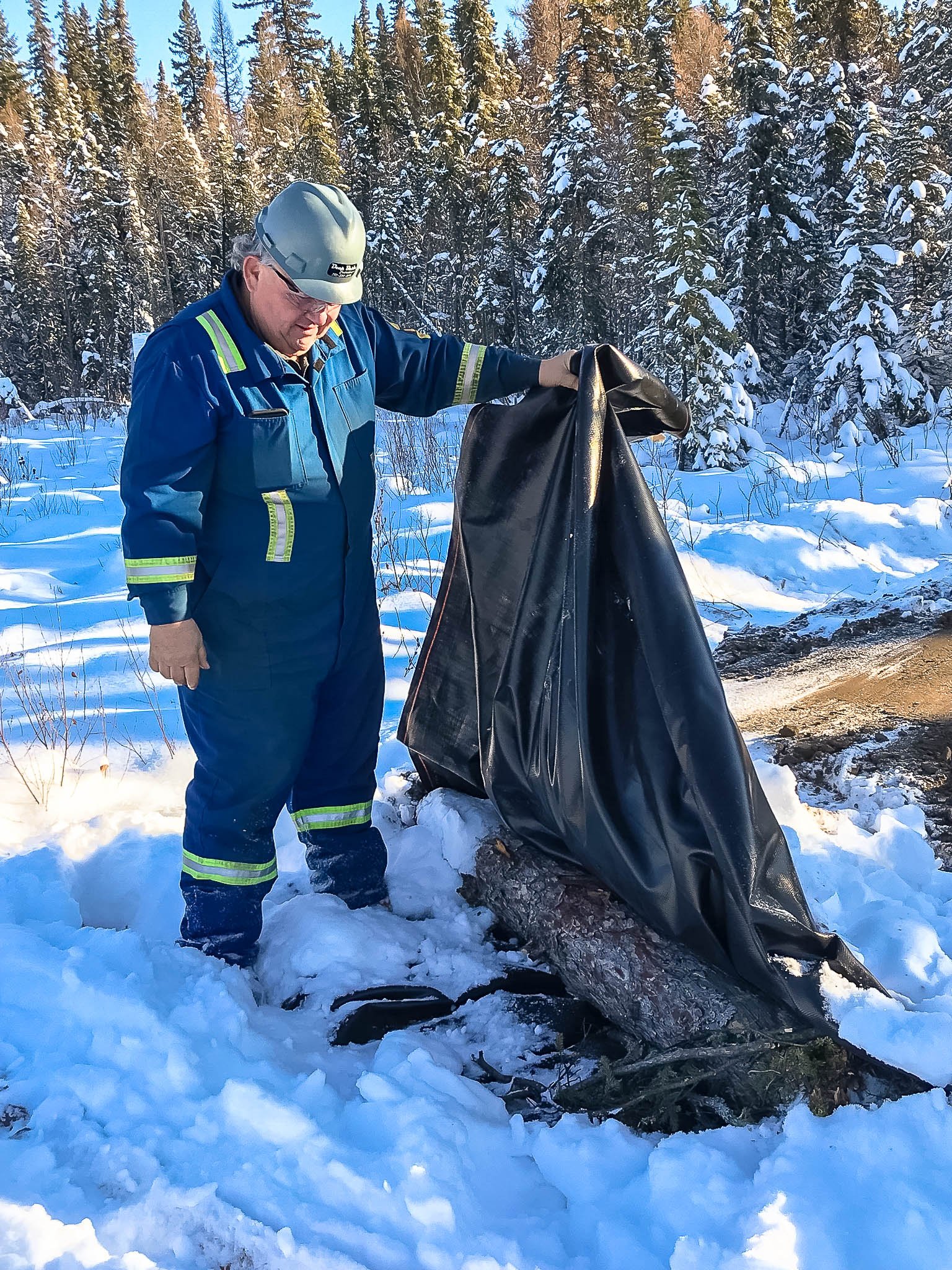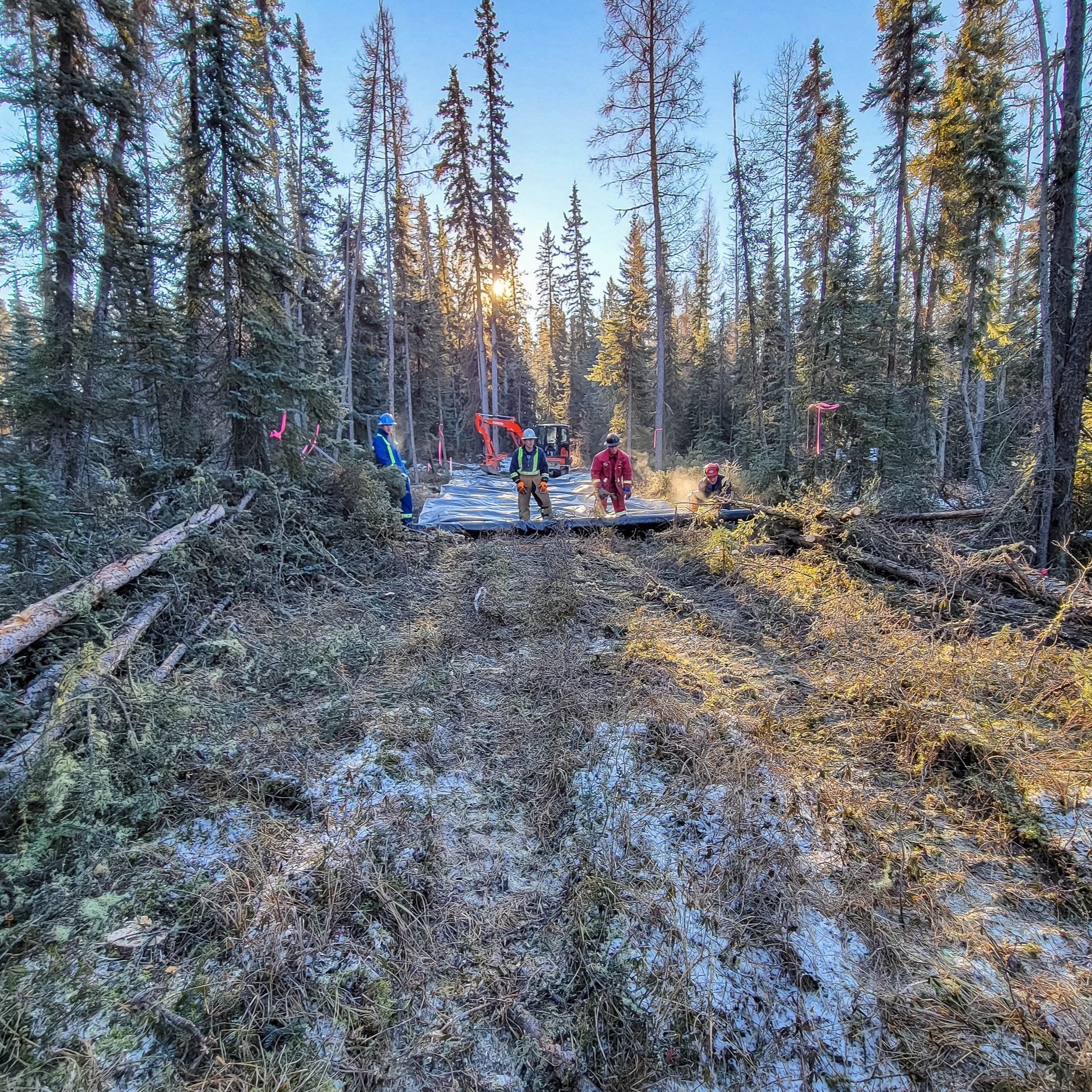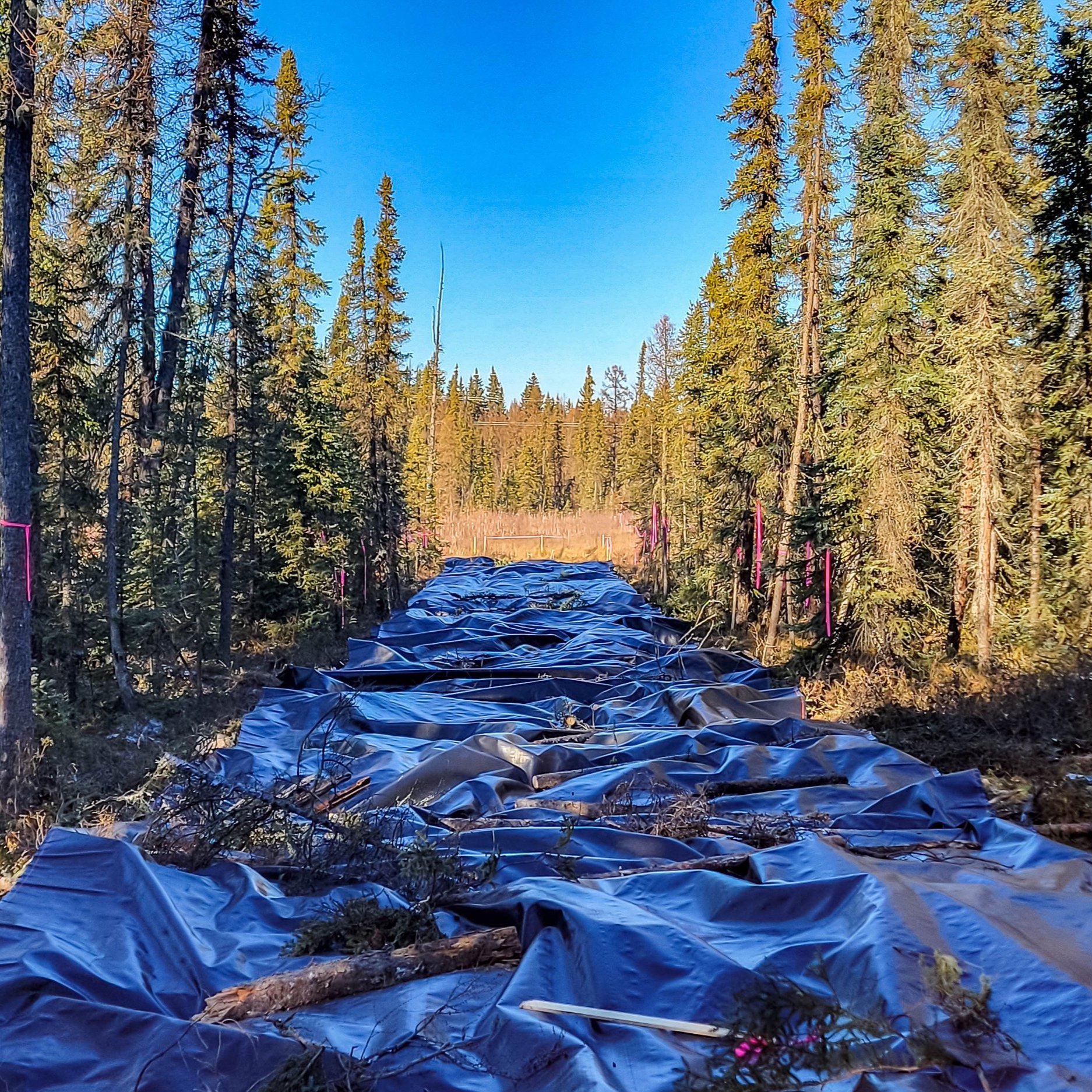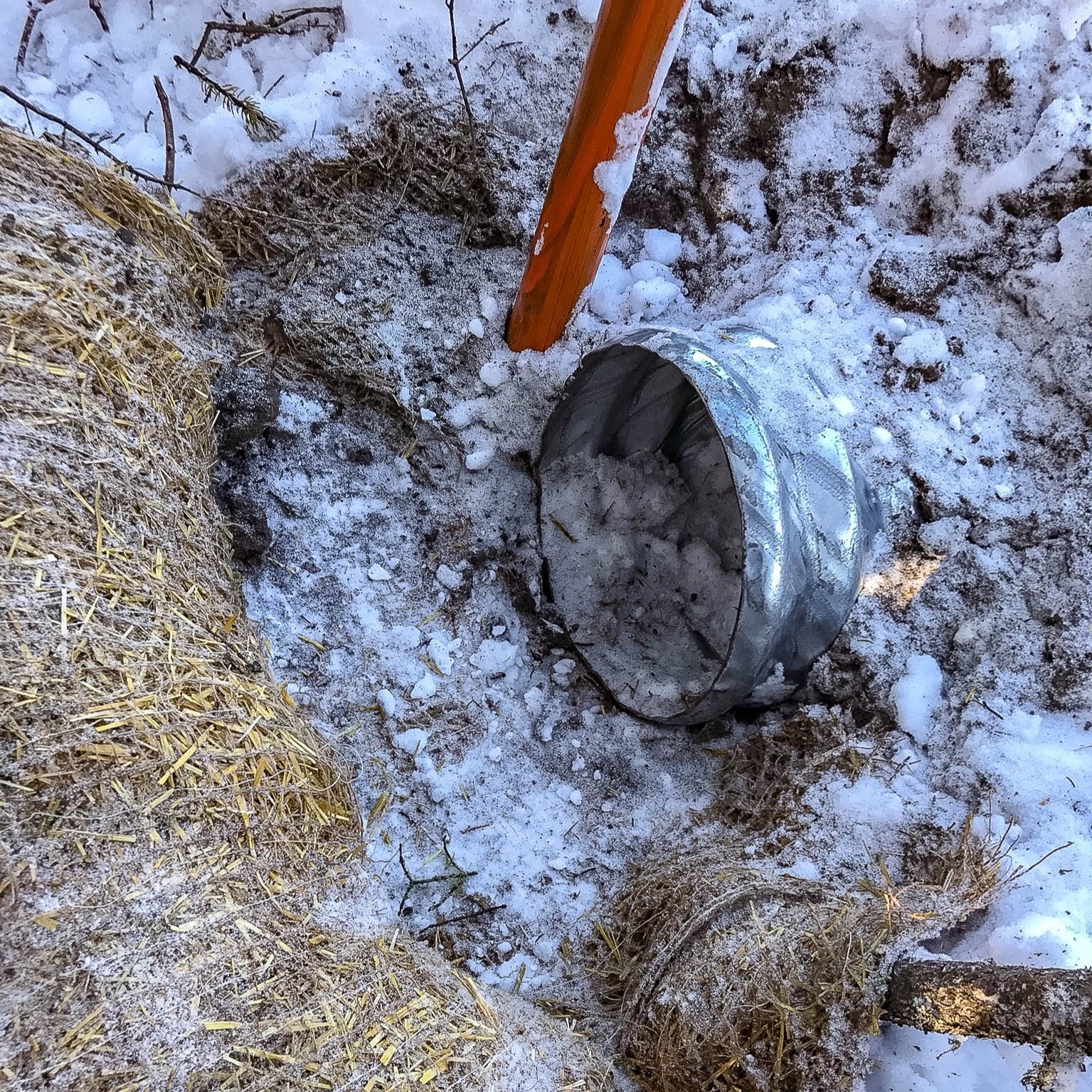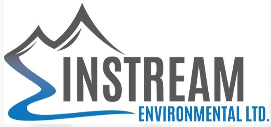When you
think of a road,
what comes to
mind?
For many who work in the boreal forest, temporary access roads are critical tools that help them get the job done, while reducing impacts to the environment.
Temporary access roads are roads that provide short-term access (typically less than 3 years) to rural, otherwise inaccessible areas for resource development. Even though they are temporary and reclaimed after industrial activities have been completed, it’s important to consider how these roads are constructed, and reclaimed, to minimize impacts on the boreal landscape.
In the boreal, there are many considerations when deciding where to put a temporary road, such as lakes, streams, and wetlands. Boreal wetlands are sometimes hard to identify because water is not always present on the surface. These wetlands are called peatlands. Peatlands are wetlands with deep organic soil deposits, where trees like black spruce and tamarack can disguise the wet and spongy soils that lie below. When roads are built through peatlands, there are two main natural functions of the ecosystem that are altered if built incorrectly:
-
The materials used to build roads are heavy, and peatland soils are soft, which squishes, or compacts, the soils below the road surface. Reducing impacts to sensitive peatland soils is important for minimizing the impacts of the road on adjacent parts of the wetland.
-
A improperly built road can create a barrier (like a dam), blocking the direction of water flow and resulting in flooding (since the water can’t flow anywhere). To the left we see a road built in the middle of a treed fen (a form of peatland). On one side, the peatland is full of green living trees, on the other side we see dead trees where flooding has occurred.
Sometimes it is not possible to avoid a wetland when building roads. By using a technique called corduroy roads, impacts to peatlands can be minimized.
What are Corduroy Roads?
Corduroy roads are a type of temporary access road used by industry in wet, forested areas such as bog, fens, and swamps. Corduroy roads allow for the weight of the road to be spread out, minimizing the soil compaction below the road and allowing for water to continue to flow through the wetland.
Corduroy roads are built out of four main materials:
Geotextile
A semi-permeable cloth that allows water to pass through, and separates the different road layers
Logs
Natural building materials that allows water to pass through the road
Culverts
Metal pipes throughout the road that allow water to pass through the road
Mineral Soils
Clay soils (and uncommonly used sand) provide a stable road surface
This layering technique allows roads to “float” above the wetland, and reduce its impacts on wetland function, such as what type of plants grow, habitat for wildlife, and water flow since water is able to flow through the logs and culverts.
Visit a Corduroy Road at the Boreal Wetland Centre
Did you know there is a corduroy road at the Boreal Wetland Centre? Developed by Hammerhead Resources, Deep Basin Contracting Ltd., Northlink Supply, and Instream Environmental Ltd., in partnership with the Evergreen Learning and Innovation Society and Ducks Unlimited Canada, a corduroy road installation at the Boreal Wetland Centre demonstrates this technique. Walk the road and read the interpretive signs to learn more!
How was the Corduroy Road at the Boreal Wetland Centre Built?
Step 1: Trees were cut down, cut into 5-meter logs and set to the side for later use. Typically done using excavators, but sometimes in wetter conditions this work is done manually.
Step 2: Geotextile was unrolled onto the road footprint where the trees once stood to underlie the road.
Step 3: Logs were evenly placed onto the geotextile. This can be done using an excavator but can be done manually in wetter conditions.
Step 4: A second layer of geotextile was placed over the logs.
Step 5: Additional logs were placed on the geotextile to ensure the fabric did not move out of place.
Step 6: Culverts were placed throughout the road spaced at equal distances – called equalization culverts. Equalization culverts allows the water to flow back and forth under the road in wetlands that have flat topography.
Step 7: Mineral soil was spread as fill on top of the layers of logs and geotextile. At the Wetland Centre, sand was used as it was readily available on-site. However, clay soil is more commonly used for this step.
Step 8: Sedimentation control measures were installed to prevent the movement of mineral soils into the adjacent wetland.
Step 9: Skid steers were used to grade the road, ensuring that the road is level and will not impound water. The road is now operational; when operations are complete the road will be reclaimed.
How are Corduroy Roads Reclaimed?
Coming soon!



